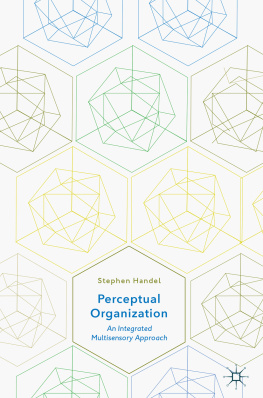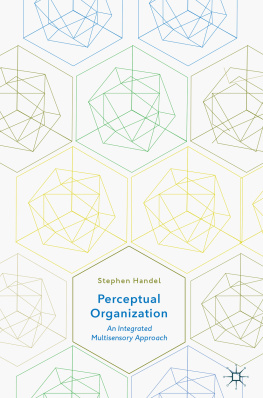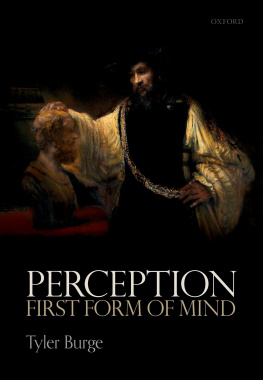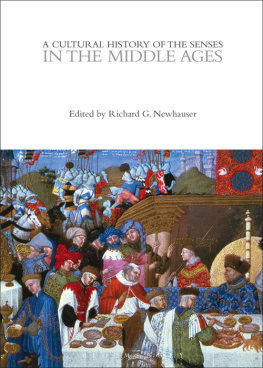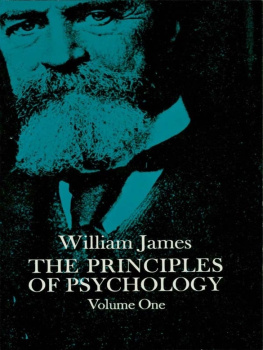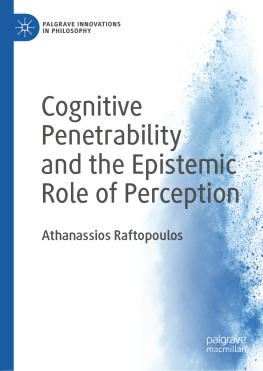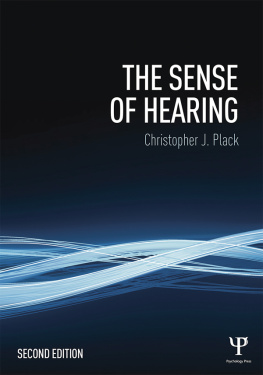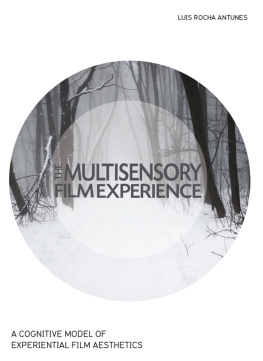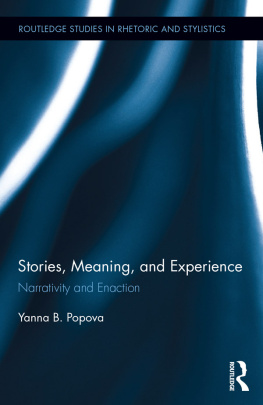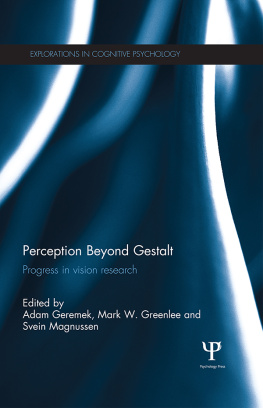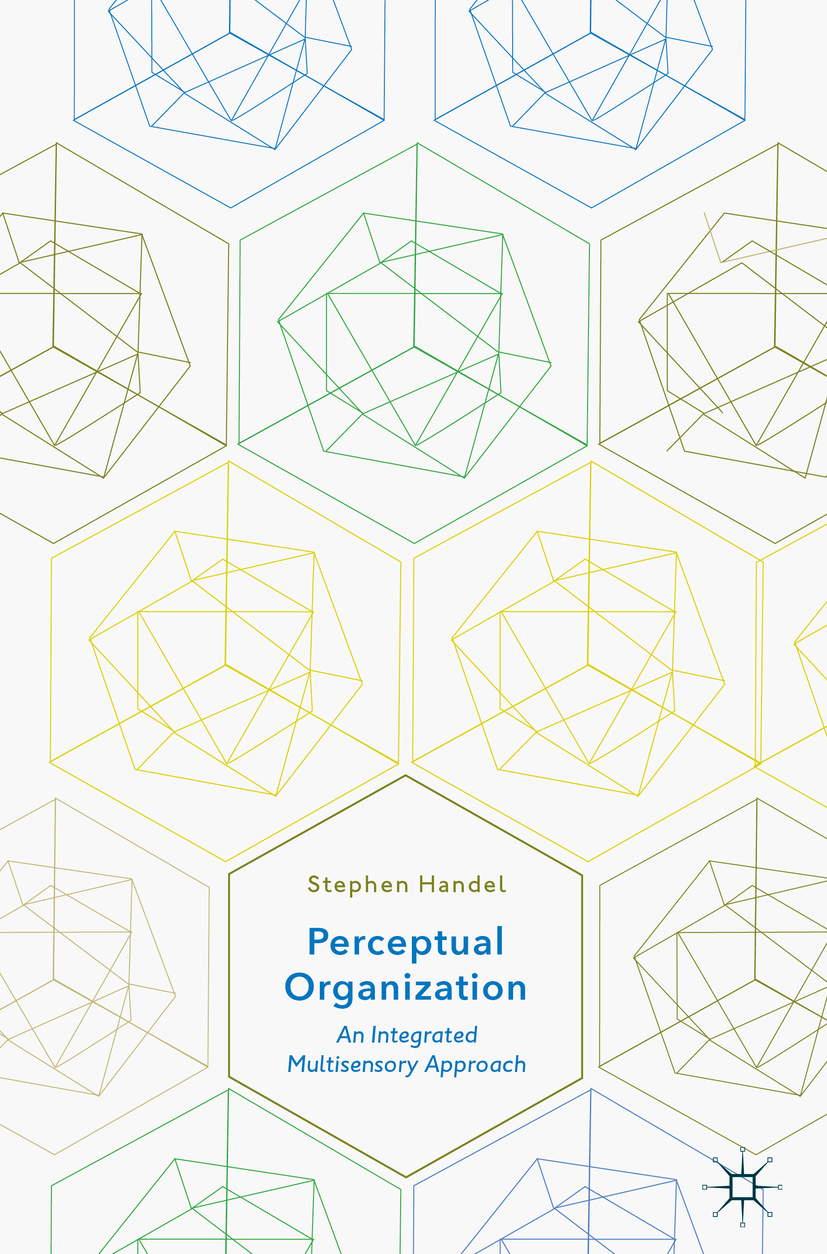Stephen Handel
Psychology, University of Tennessee, Knoxville, Knoxville, TN, USA
ISBN 978-3-319-96336-5 e-ISBN 978-3-319-96337-2
https://doi.org/10.1007/978-3-319-96337-2
Library of Congress Control Number: 2018959422
The Editor(s) (if applicable) and The Author(s) 2019
This work is subject to copyright. All rights are solely and exclusively licensed by the Publisher, whether the whole or part of the material is concerned, specifically the rights of translation, reprinting, reuse of illustrations, recitation, broadcasting, reproduction on microfilms or in any other physical way, and transmission or information storage and retrieval, electronic adaptation, computer software, or by similar or dissimilar methodology now known or hereafter developed.
The use of general descriptive names, registered names, trademarks, service marks, etc. in this publication does not imply, even in the absence of a specific statement, that such names are exempt from the relevant protective laws and regulations and therefore free for general use.
The publisher, the authors and the editors are safe to assume that the advice and information in this book are believed to be true and accurate at the date of publication. Neither the publisher nor the authors or the editors give a warranty, express or implied, with respect to the material contained herein or for any errors or omissions that may have been made. The publisher remains neutral with regard to jurisdictional claims in published maps and institutional affiliations.
Cover design by Fatima Jamadar
This Palgrave Macmillan imprint is published by the registered company Springer Nature Switzerland AG
The registered company address is: Gewerbestrasse 11, 6330 Cham, Switzerland
Preface
The goal here is to describe some of the processes underlying how the auditory, tactual and visual modalities and their combinations convert sensory inputs into two- and three-dimensional objects. Those processes are a mixed bag: some depend on cells tuned to various sensory properties, some depend on rhythmic firing in the nervous system, some depend on our knowledge about the environment and some depend on our expectancies about future events. Those processes are interlocked and interactive, and it amazing to me that those objects emerge so quickly and seamlessly. We can take a stab at understanding how these processes create our perceptual world, but a full understanding is in the future.
In writing this book, I have come to appreciate the contribution of Gunnar Johansson and how his notion of vector analysis can be applied to wide variety of perceptual problems. His initial research was based on movies of black-suited dancers with lights on their arm and leg joints. People were able to describe various actions of the dancers using only the trajectories of the lights placed on those joints. This outcome was surprising because the lights were unconnected, and people needed to track the relationships among individual lights to perceive among the dancers actions.
The movies are captivating, but for me, the importance of Johanssons research lies in the conceptualization that there are levels of temporal and spatial structure so that the interpretation of any level depends on interpretation of all the other levels. The motion of faster lights on the hands are not perceived as if they were in isolation, they are perceived in relation to the movement of the slower lights on the body. The vector analysis provides a way to understand how the motion of the faster lights is split into that part common to the slower lights plus that part which is unique.
I have found that the underlying idea of vector analysis, separating the common parts of a scene from the unique parts can be applied to a wide range of perceptual processes. Vector analysis can help understand figure-ground organization in static visual scenes, the formation of a meter in rhythm, embodied movements in time with metric structures, and the accurate movements of hands and arm in directed actions. I feel strongly that future research will have to confront the relative nature of perception.
I have tried to keep the text non-technical and I hope it will be suitable for a wide audience. There is but one equation, and a smattering of physiology. A course in Sensation and Perception would be helpful to understand the book, but it is not necessary. While Chap. is probably the most important, the other chapters are mostly self-contained so that it is possible to read any single chapter or several chapters in any order.
Every book is a joint effort. I thank Drs. Gough, Hjoetkjaer, McAdams, Toiviainen, and R.M. Warren who kindly allowed me to make use of parts of their research. I am greatly indebted to Dr. Robert Cantwell, Professor Emeritus of American Studied at the University of North Carolina who read and improved the text and who encouraged me to keep keeping on. The staff at the Jackson Laboratory, Bar Harbor helped in several ways. William Barter answered many questions about publishing ethics and pushed me to submit the manuscript to different publishers. Doug McBeth and Ann Jordan, once again, processed my reference and inter-library requests with unfailing good humor and grace.
Stephen Handel
Bar Harbor, ME, USA
How to Use This Book
Accessing the Sound Files
All the sound files were produced using the freeware program Audacity ( http://audacityteam.org/ ) using the mp3 format.
Print book readers will have access to the audio files, electronic supplementary material for your purposes, on Springer Link. There will be a link printed in the book so print readers know where to access the files. The supplementary material is a set of Sound Files that are linked to the figures and text. The relevant sound files are indicated at the appropriate places in the text. The details of the Sound Files are presented in the supplementary material. To access the files for a chapter, please go to the first page of the chapter and review the footnote Electronic Supplementary Material.
I suggest using a software program to display the sound files visually so that you can follow the sounds by means of a cursor (remember this is a book about multisensory perception). There are many such programs: These include Audacity, PRAAT, Raven-lite, and Sonic Visualizer. All can be downloaded free from the Web.
The programs will have slightly different control panels but all have similar functionalities. I would try shifting back and forth from the amplitude x time representation to the frequency x time representation; each one provides a differing view of the sound sequences. The latter representation shows how the frequency of each harmonic changes over time. Another function of these programs is to be able repeat sound files continuously (looping). Looping may be necessary to perceive the multistability of some of the sound files.
Readers who purchase the print volume can ask customer service at customerservice@springer-nature.com to access the online book files or just go to the webpage and register to access the online book.
Numbering of the Figures and Sound Files

